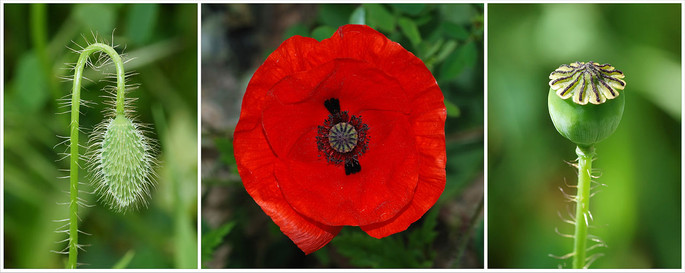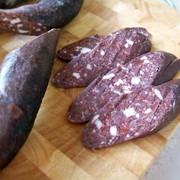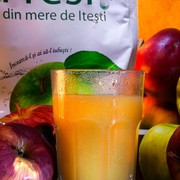The ancient Cuciniera (kitchener) dei Ratto, in the 1902 edition, defines Preboggion, a very Genoese item that has no Italian correspondence. This is how we call some bunches of herbage, composts of beets (giaee), cabbages, early spring (gagge) and parsley. Few things like preboggion are part of the Ligurian and Genoese essence. Strongly rooted in the territory, it is inconspicuous but tenaciously present and linked to tradition.
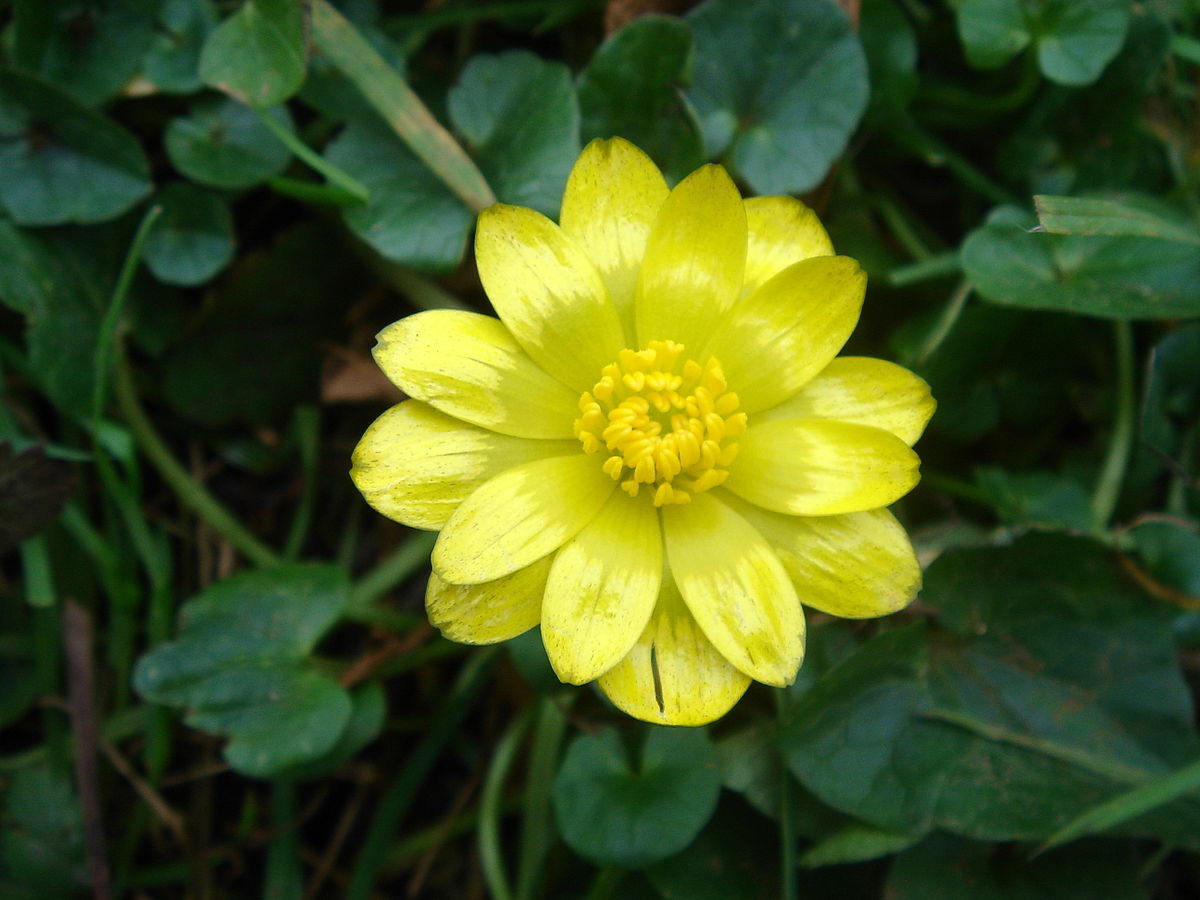
[Ranunculus_ficaria, credit Karduelis]
Preboggion, the name
The first uncertainty starts right from the origin of the name and discommodes even the Crusaders and for two versions! The first tells that the Genoese Crusaders, during the siege of Jerusalem in 1099, picked up wild herbs, there as drugs because the condottiere was sick and some instead to cook, to give to Godfrey from Bouillon, pe-Buggiun but also pro-Buggiun, or for Boglione or a corruption from the Latin pro Buglionis. In this legend there are also the camalli, the Genoese dockers, who would have collected the wild herbs for Buglionis during a Crusader stop in Genoa! The other possibility, more likely, is that it derives from pre-boggì where boggì means to boil, since it must first be boiled. There are also those who attribute to boggiòn the meaning of a chaotic whole due to the different variety of plants! The preboggion is also mentioned in court documents of 1628. It appears that a carpenter wounded a woman on August 1st, the feast of Saint Eusebius, that year during the feast of the preboglion, which was then celebrated every year.
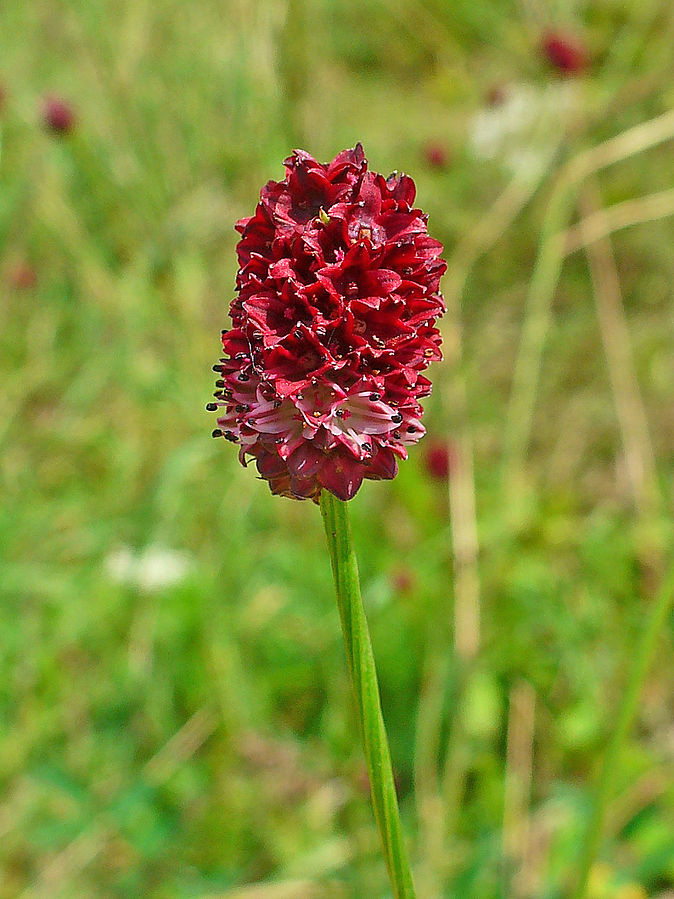
[Sanguisorba officinalis, credit H. Zell]
Prae-buggiun, a mutual aid!
Cauldron on the lawn, for a custom of Sestri Ponentea Genoa where, during the famine that Genoa suffered in 1800 for a naval blockade, the boys knocked at every door to ask for something to eat and that was cooked in a cauldron and distributed among the people. Furthermore, the city government ordered the distribution of soups with wild and spontaneous herbs at low prices. In memory of this event, every year in Sestri they celebrate the anniversary on the occasion of Sant’Alberto. The Frisoni dictionary translates it as a peasant minestrone, while Casaccia, in his dictionary of 1876, defines it as: a vegetable bunch consisting of beets, early cabbage (gagge), parsley, and other feedstuffs that we commonly use to cook with rice and soups.
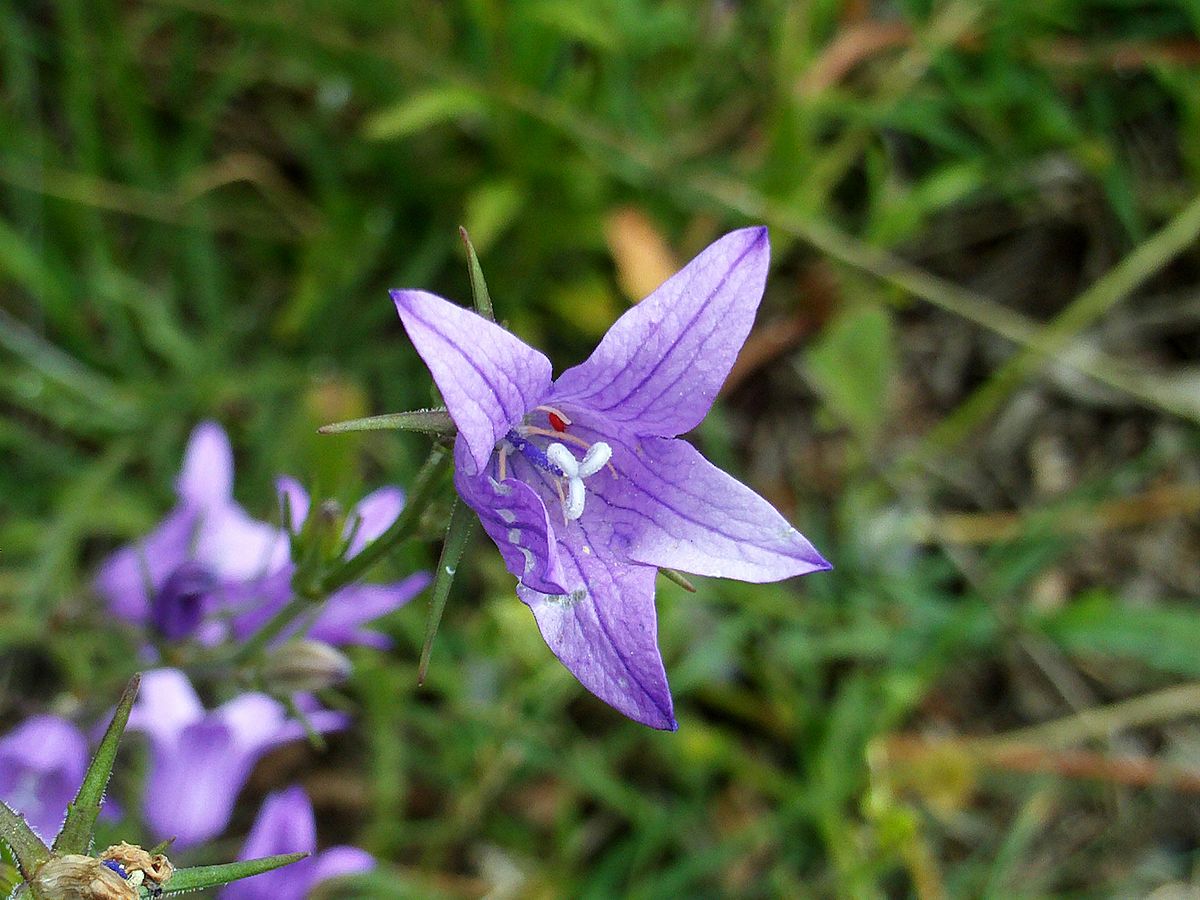
[Campanula rapunculus, credit Javier martin]
The Preboggion does not have a fixed, defined composition, because it changes according to the season and the territory! It should be added that it is increasingly difficult to find people capable of recognizing spontaneous herbs: the centuries-old knowledge of farmers is a heritage that is being lost, even if there is an attempt to recover these riches which are also our history. According to a historical ecology study by the University of Genoa, some botanical species can be identified:
- Taraxacun officinalis,
- Silene Vulgaris
- Urospermum dialechampii
- Hyoseris radiata
- Ranunculus ficaria
- Papaver rhoeas
- Sanguisorba officinalis
- Campanula rapunculus
- Sonchus oleraceus
- Leontodon hispidus
- Reichardia picroides
- Radicion sarvego (dialectal term)
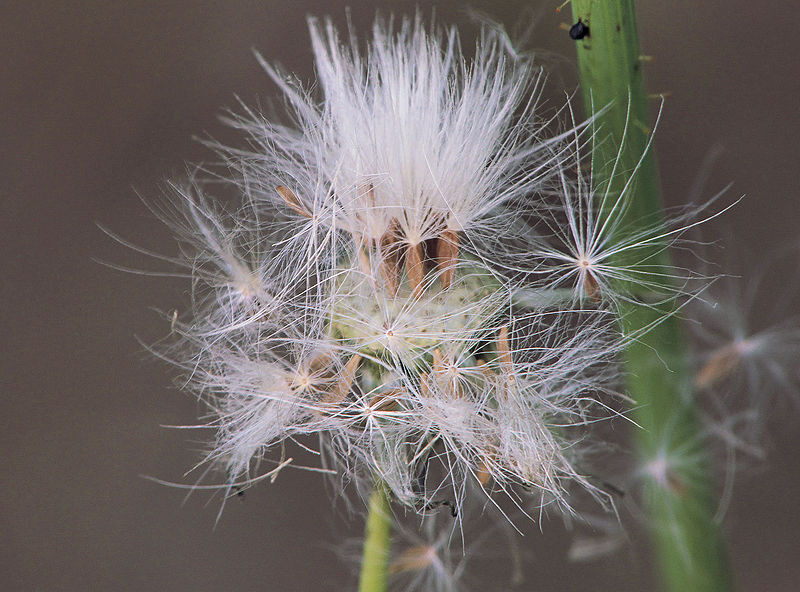
[Sonchus oleraceus, credit Rasbak]
Taraxacun officinalis , Dandelion. In dialect Dente de can, Piscialetto.
Known as dandelion, it is known by everyone for its flower that becomes a blowball, the pappus or hair that contains the achene or seed, which we have always looked for in children's lawns ... and not only! That like others draws back from the cold and the rain, but at the first reappearance of the sun, here it is that it reopens just as full of splendor.
Papaver rhoeas, Poppy, in dialect Papavau.
Plant we all recognize and love, illuminating the edges of the wheat and corn fields with its color. Already in antiquity Ceres, the Latin goddess of agriculture and crops, was depicted with a garland of poppies.
Sanguisorba officinalis, Sanguisorba, Salvastrella. pimpinella in dialect.
Due to the dark red color of the flowers, for centuries it was considered a plant with anti-haemorrhagic properties. A favorite plant of Francis Bacon, it has a hint of cucumber. Younger leaves are used.
Campanula rapunculus, Campanella. Rapunzuli in dialect.
Its name derives from the shape of the flower which is a bell, while rapunzoli from the rapa (turnip) shape of the root that is edible, like the leaves and the shoots.
Sonchus oleraceus, Cicerbita, Crespigno. Scixerbua in dialect.
Very common plant, fresh leaves are used for fillings, minestrone and omelette. The stems can be cooked like asparagus.
Reichardia picroides, Caccialepre, Grattalingua. Talaegua, rattalaegua in dialect.
The name caccialepre derives from the fact that hares are fond of. It is among the most used plants also for its less bitter taste than the others. In the Island of Elba it replaces the beets in stuffed squid. All these plants, mainly bitter, they are mitigated by borage and wild beets.
Borago officinalis, Borage. Boraxe in dialect.
In ancient times they considered it the plant of good humor with marked antidepressant properties! It is used in many recipes, but it is the queen of Genoese ravioli! In addition to the leaves, the flowers that embellish with their color are also used in the kitchen!
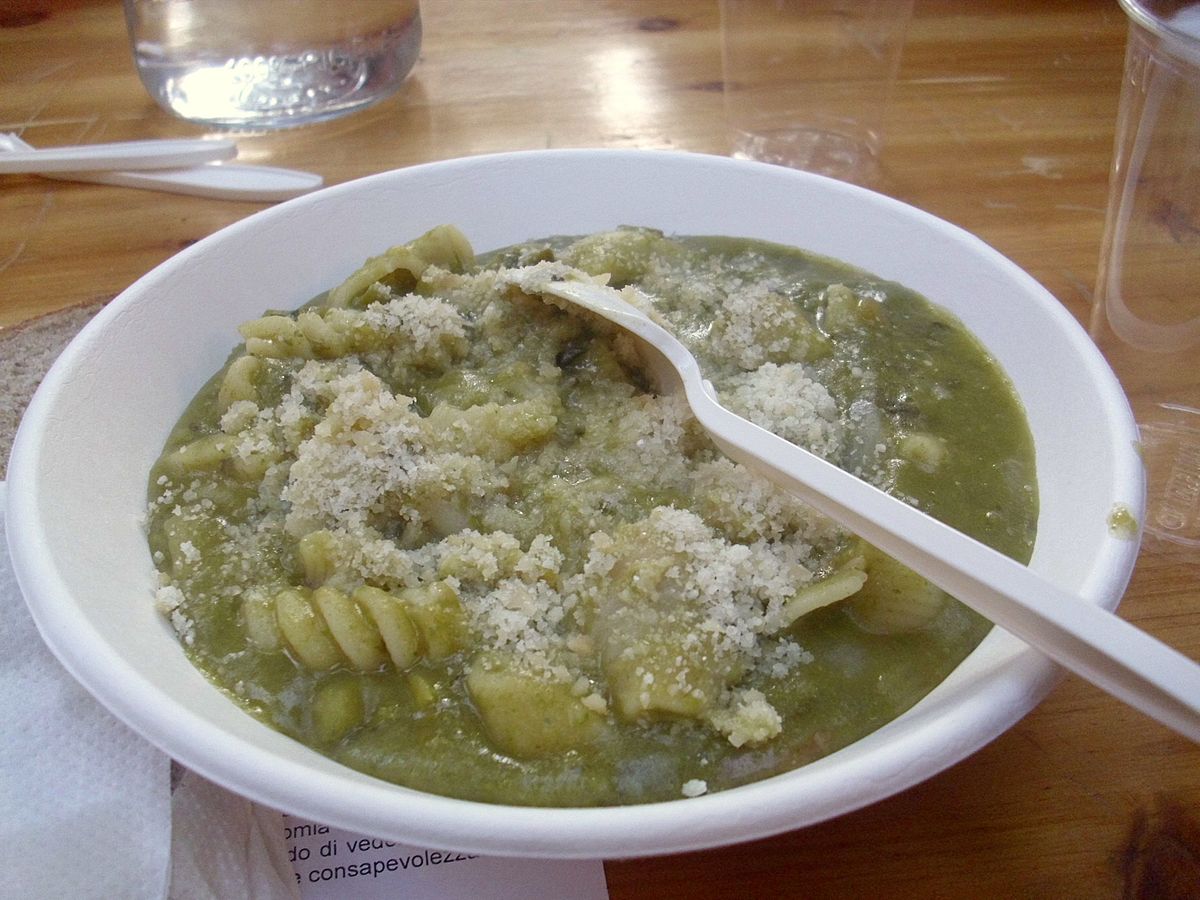
[Credit Alessio Sbarbaro]
The Preboggion in the kitchen.
Among all the recipes, the tastiest and most appreciated is that of pansoti, or pansotti, fresh pasta stuffed with preboggion and prescinseua, the Genoese curd. The Genoese Kitchener dei Ratto, in the 1902 and 1983 editions, contains the rice and preboggion recipes, a soup with pesto. The ancient version, instead of the Parmesan, used the Cheese of Holland! It is mainly used in savory pies, with the addition of rice, grated cheese or prescinseua or, alternatively, ricotta.

